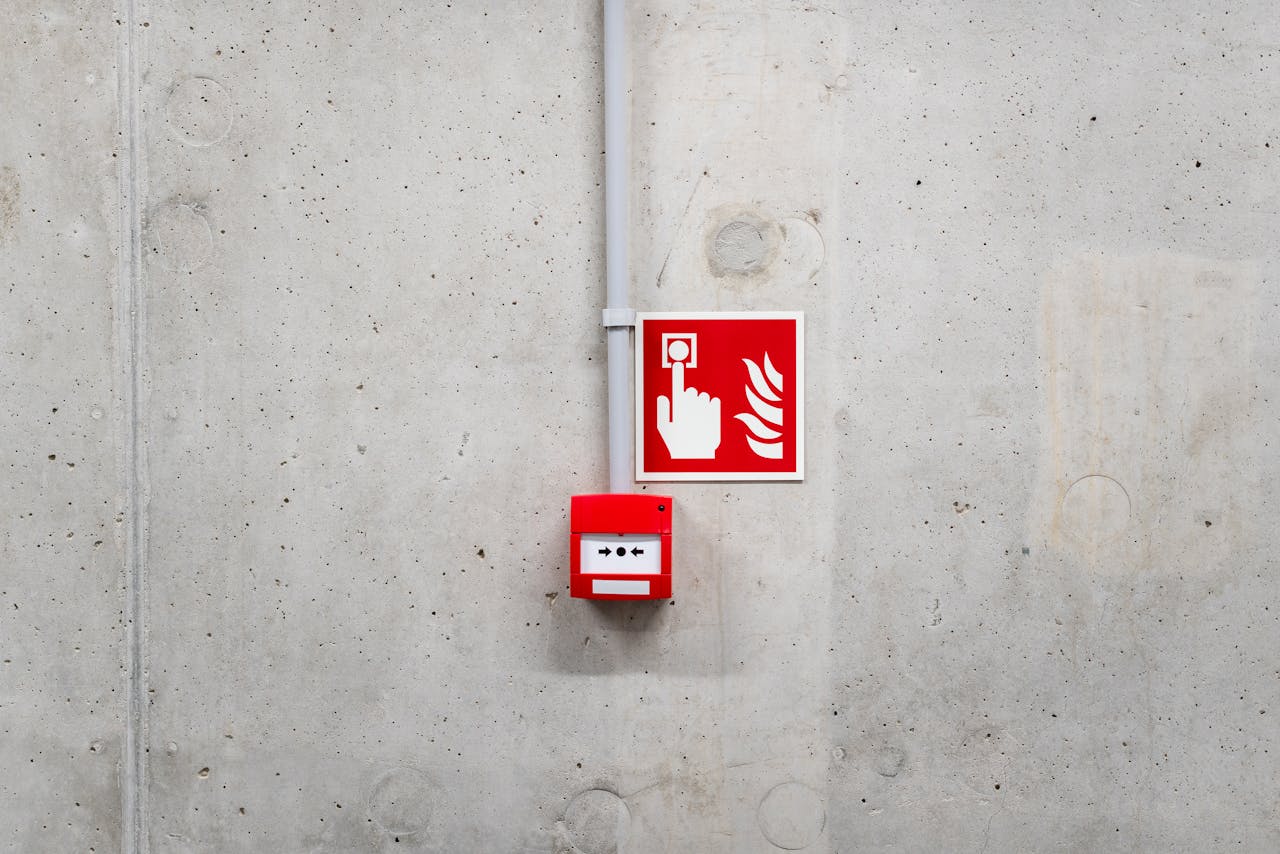Enhance situational awareness, and enable fast evacuation during critical situations
maintaining life safety across all building types
Emergency alarm systems are designed to detect, alert, and assist in emergency scenarios through visual, audible, and automated means. From activating alarms to unlocking doors and ensuring power reliability, these products form an essential layer of safety infrastructure. They are commonly used in public, commercial, healthcare, and industrial environments to ensure a coordinated and effective emergency response.
Get more details about Emergency alarm system services!
Lets Work together
Fast Emergency Notification
Allows occupants to alert others during emergencies using intuitive alarm triggers instantly.
Enhanced Visibility
Indicators ensure clear and visible alerts for quick decision-making and action.
Safe Evacuation Support
Automates door unlocking to facilitate smooth and fast exit during fire or security threats.
Power Reliability
Continues functioning even during blackouts or electrical disruptions with backup power units.
Compliance with Safety Codes
Supports fire and safety regulations adherence through certified emergency technology.
Seamless Integration
Works alongside access control and fire detection systems for a unified emergency response setup.
Applications of Emergency Alarm Systems
Educational Institutions and Campuses
Emergency alarm systems are essential in schools, colleges, and universities where the safety of large groups of students and faculty must be managed efficiently. These systems provide real-time alerts that help initiate lockdowns, evacuations, or other safety protocols within seconds. Integrated with campus-wide communication networks, they ensure timely coordination and reduce panic during emergencies.
Healthcare Facilities
In hospitals and clinics, emergencies can arise due to fires, power outages, or medical crises. Emergency alarm systems play a crucial role in alerting staff, directing patient movement, and activating backup responses. Their integration with other hospital infrastructure, such as automated doors and evacuation routes, supports both patient safety and operational continuity.
Commercial and Corporate Buildings
Emergency alarms are integral to workplace safety strategies for offices, business centres, and corporate headquarters. These systems provide reliable notification during fire drills, real emergencies, or security threats, ensuring occupants can exit the premises safely. They can be customized to fit each business environment’s specific layout and risk assessment.
Industrial Sites
Factories, manufacturing units, and chemical plants often operate under high-risk conditions where immediate response is critical. Emergency alarm systems help detect incidents early and alert workers to evacuate or take protective measures. With robust construction and fail-safe features, these systems are designed to withstand harsh environments and maintain functionality during crises.
Hospitality and Residential Complexes
Hotels, resorts, and apartment buildings require emergency alarms that are both effective and discreet to maintain a peaceful environment until needed. These systems provide reassurance to guests and residents while ensuring fast response times during fire or security-related incidents. Their presence enhances overall building safety and supports compliance with fire and building codes.
Hardware used in Emergency Alarm Systems
Alarm Buttons & Indicators: Alarm buttons and indicators provide a straightforward and effective means to trigger emergency alerts and ensure visibility during critical situations.
Automated Door Unlocking Systems: Automated door unlocking systems facilitate immediate door access during emergencies, ensuring swift and safe evacuation.
Battery Backup Units: Battery backup units ensure uninterrupted operation of emergency alarm systems, providing reliable power during power outages or disruptions.

